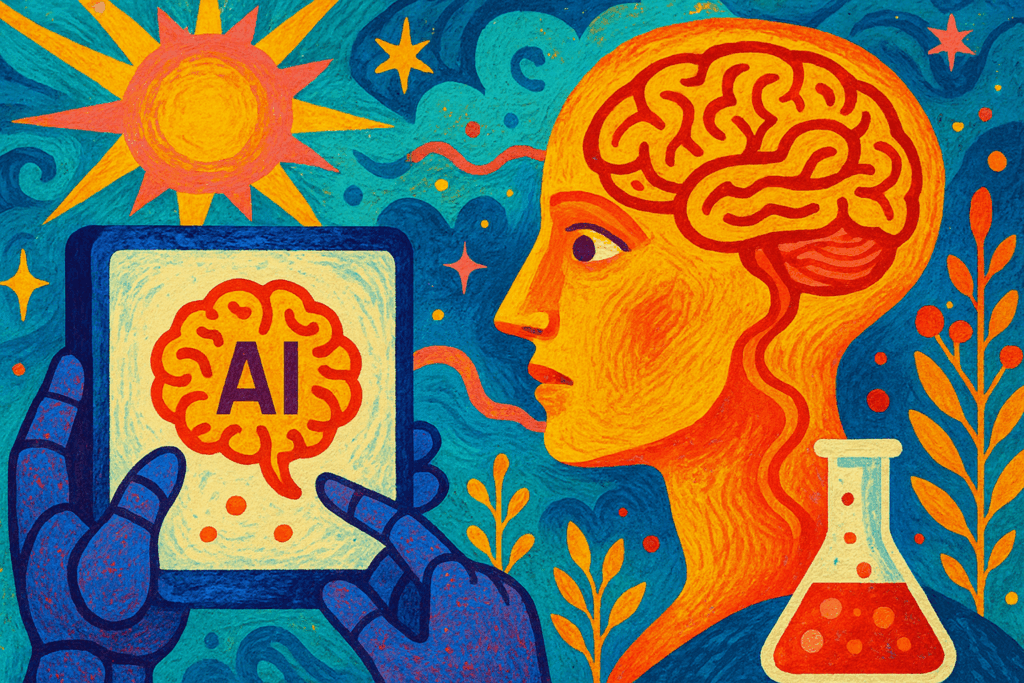The Science Behind Precise Analysis
Artificial intelligence applies advanced imaging techniques such as dermoscopy and trichoscopy combined with machine learning algorithms to examine the scalp’s surface, follicle density, and hair shaft characteristics. These technologies detect subtle signs of hair disorders like follicular miniaturization and early-stage thinning by identifying complex patterns within large datasets. This enables a detailed understanding of scalp health beyond what traditional clinical examination can offer.
From Diagnosis to Tailored Solutions
AI tools categorize common hair and scalp conditions including alopecia and telogen effluvium, facilitating accurate diagnosis and personalized treatment recommendations. By analyzing patient data continuously, these systems adapt interventions involving topicals, supplements, or procedural therapies, optimizing outcomes. For example, tracking follicular unit density over time helps clinicians modify treatments based on real-time progress, moving care away from one-size-fits-all approaches.
Future Potential and Addressing Hurdles
While AI diagnostics hold promise, challenges remain in standardizing imaging protocols, obtaining diverse training datasets, and navigating regulatory requirements. Future advancements may integrate multiple data sources such as genetic information and clinical history to predict hair loss progression and response to therapies. Combining predictive models with emerging regenerative treatments could lead to comprehensive management of hair and scalp disorders within personalized medicine frameworks.
Conclusion
AI-driven diagnostics are redefining hair and scalp health by enabling precise, individualized assessments and data-backed treatment pathways. The shift towards integrating machine learning with dermatological and trichological care promises improved detection and management of hair loss conditions and other scalp abnormalities. This transformation could significantly improve patient outcomes while advancing personalized healthcare technologies.




